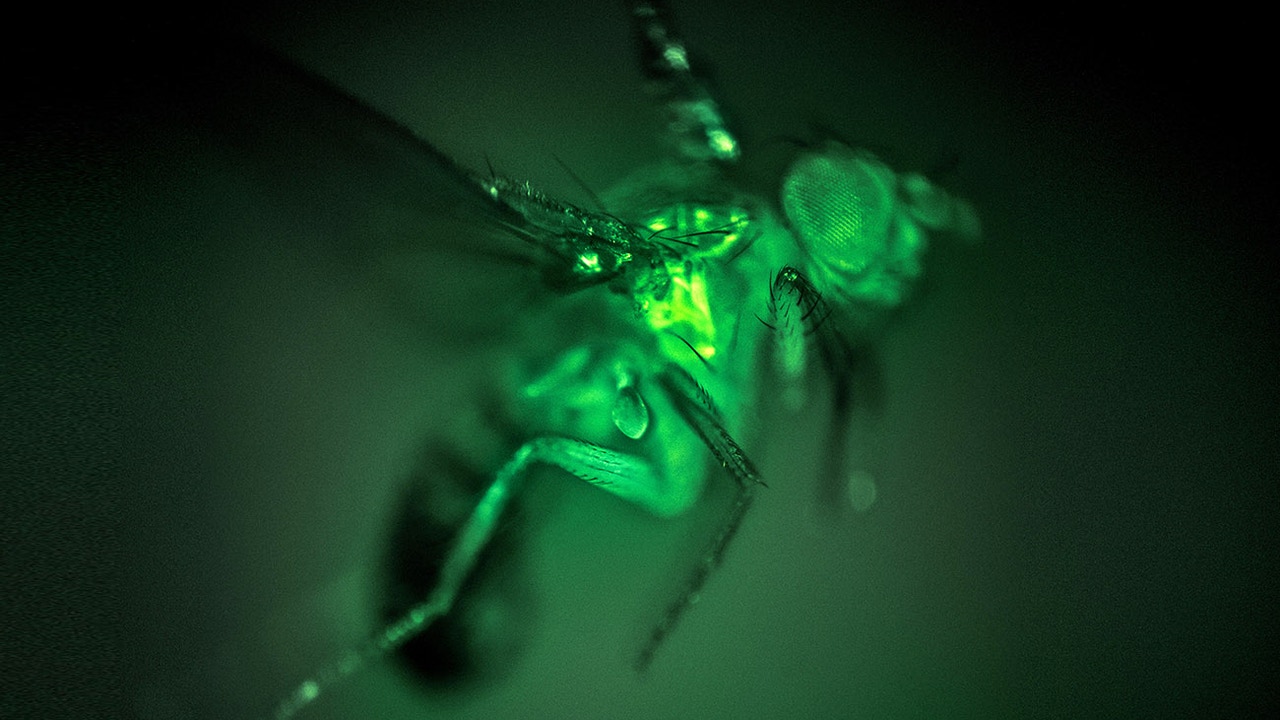This is how the “hinge” on an insect’s wing works

Insects were the first animals to develop the ability to fly. Their wings are different from the wings of other flying animals such as pterosaurs, birds and bats. Instead of developing from limbs, their wings have a unique, complex “hinge” that connects the wing to the body.
This joint is an interconnected system of five elements called sclerites that interact with muscles to cause the wings to move. Until now, its mechanics have remained a mystery because the four critical sclerites at the base of the wing are difficult to visualize from the outside, and they move so quickly that they are difficult to photograph clearly.
Now an international team of researchers led by the California Institute of Technology (USA) has combined real-time images of the entire set of control muscles with simultaneous 3D video recording at ultra-high speed to capture the movement of the flies’ wings. . fruits while flying on an electronic simulator. The results were published in the journal Nature.
Measure its aerodynamic functions
Using data from more than 72,000 individual flaps, artificial intelligence (AI) machine learning was used to develop a model of how sclerite muscles control the wing’s movement, and a tiny robotic fly was used to measure its aerodynamic functions.
“The results provide a compelling physics-based model of the hinge, as well as a number of hypotheses that can be tested with new experiments,” the authors note.
Additionally, as a detailed map of the fly’s neural connections emerges, the scientists hope their findings will help better understand the fly’s flight control circuitry.
Link:
Johan M. Melis et al. “Machine learning reveals control mechanism of insect wing hinge.” Nature 2024
